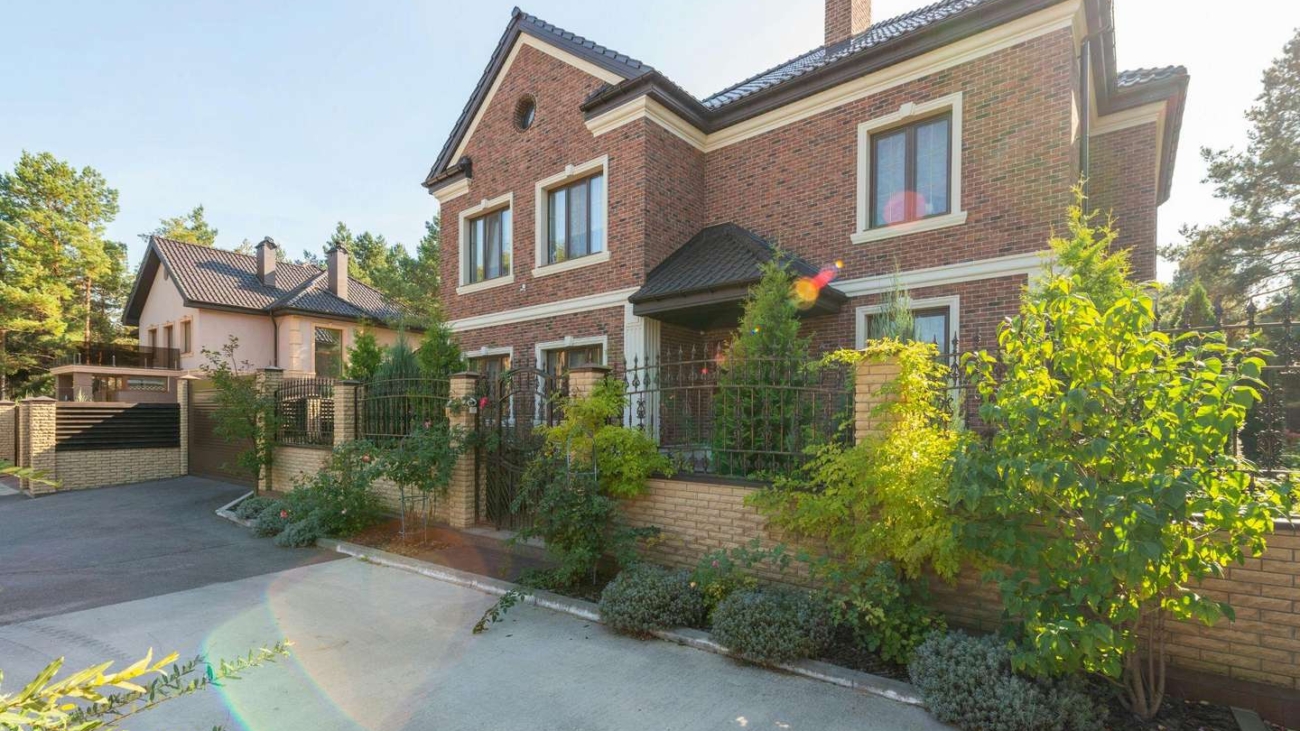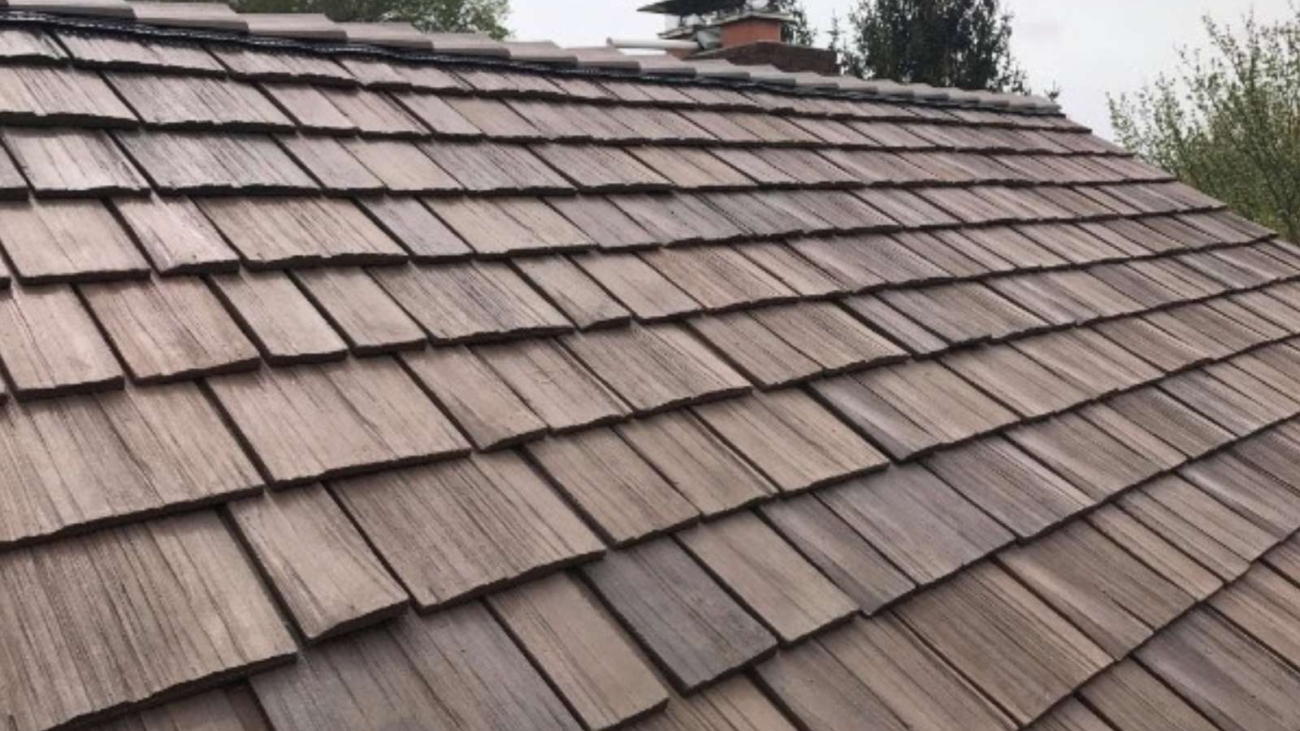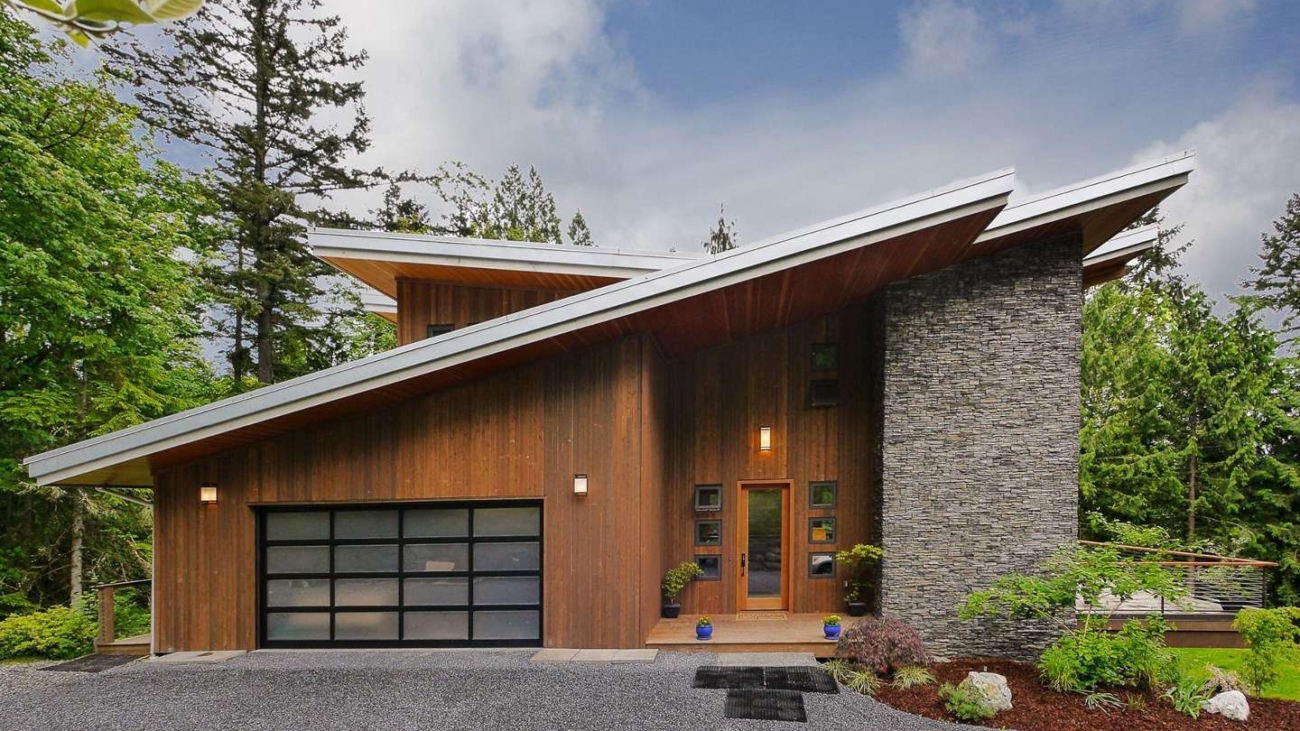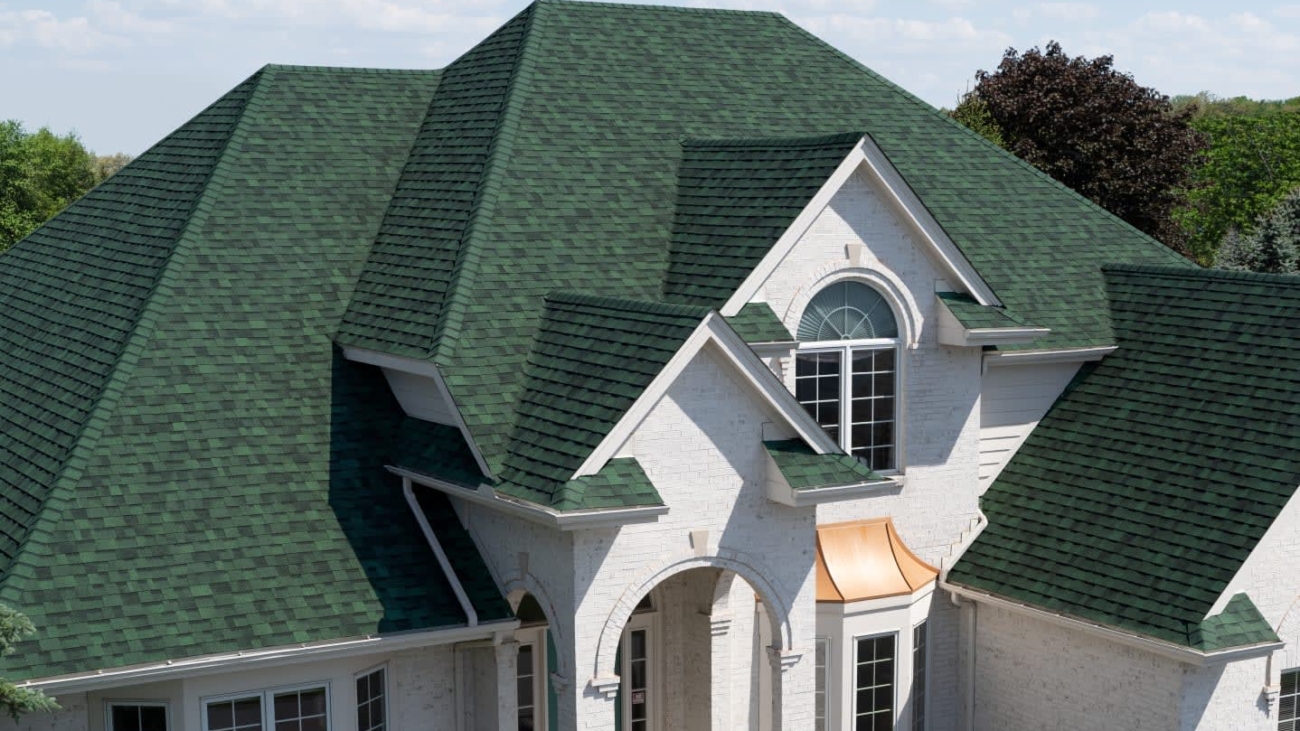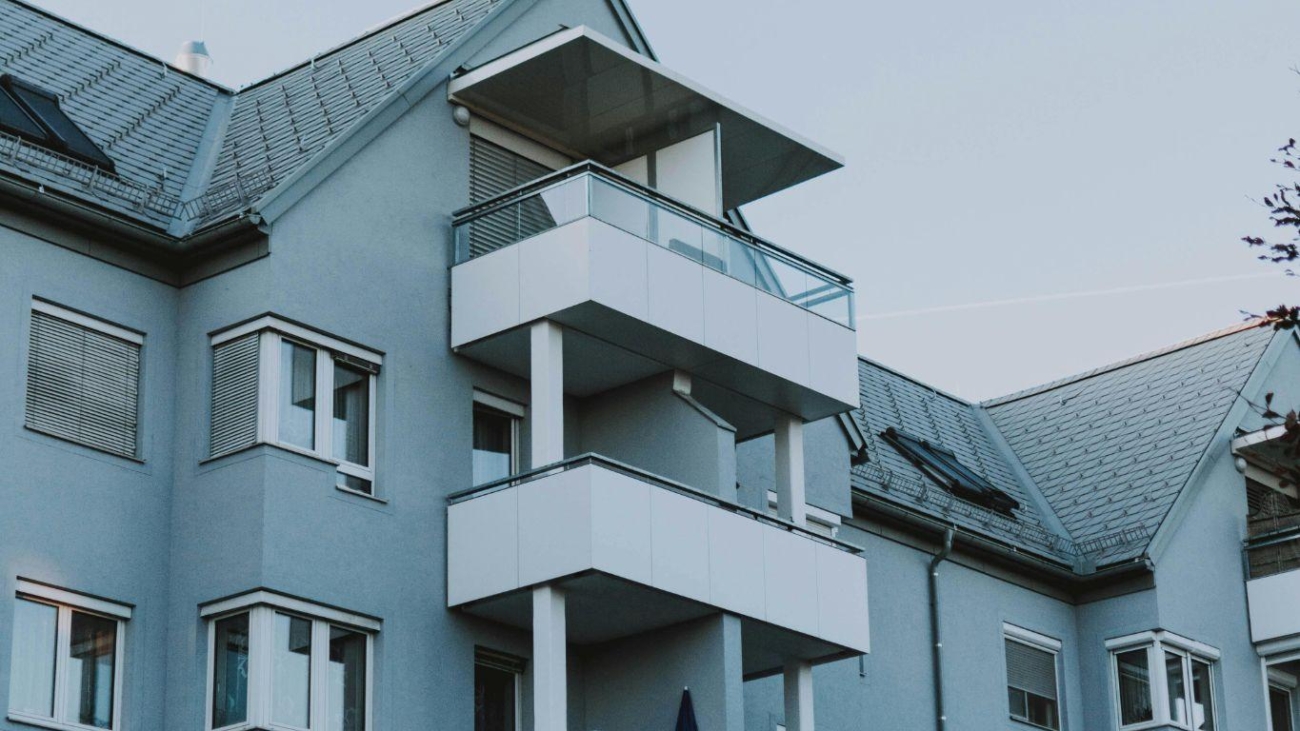Why should you trim plants and trees away from your roof? From a health and maintenance perspective, it’s pretty much a no-brainer.
Cedar Shakes
In Vancouver, where rainfall conditions mean that homeowners need roofs with above average durability and waterproofing, cedar shakes continue to be a popular choice among homeowners. But what exactly are they, where do they come from, and how do they perform in our often-demanding climate?
The Pros and Cons of Green Roofs
Green roofs in our daily lives are becoming more and more commonplace. Developers, architects, and even residential homeowners are searching for ways to improve their carbon footprint and provide sustainable (and beautiful) building solutions; green roofs are one of the best ways to do that.
That being said, there are some serious pros and cons to consider about green roofs. Let’s take a look.
The Science of Slopes: Why Your Roof Needs to Have a Proper Slope
If you live in (or near) Vancouver, you’re no stranger to heavy rain and seasonal snowfall, making a well-installed roof a vital part of protecting your home or building. You’re no doubt aware that any roof – even a “flat” roof – must still be installed with some sort of slope.
Whether you’re a homeowner, business owner, or strata manager [link to blog about building managers], understanding why roof slope matters can save you from costly repairs and structural issues down the line.
Roofing Colours
Let’s be honest: how often do you see a roof colour other than grey, brown, or black?
Even here in Vancouver, where many older homes boast bright paint colours like pink, green, or blue, it’s rare that a homeowner will elect to choose a bold, colourful roof – even though they do exist.
What you may not be aware of, however, is that roof colour can affect more than just the overall aesthetics of your home.
Roof Inspections: What’s the Difference Between Blistering and Alligatoring?
Blistering and alligatoring are two of the most common problems that plague Vancouver roofs (of any kind), but most people aren’t sure what they look like – or what the difference is.
How to Safely Inspect A Flat Roof: 6 Steps for Commercial Property Managers
If you’re a commercial property manager, you likely are already aware of the importance of regular roof inspections and maintenance. Though many people tend not to think about their roofs at all after installation, no roof is guaranteed for life.
That being said, if you want to inspect your roof yourself, you may not be totally sure what to look for – or how to inspect your roof safely.
How (and Why) to Remove Moss from Your Roof Shingles
“Why should I remove the moss from my shingles? It looks nice, and it suits the Pacific Northwest so well!”
While moss on your roof can add a quaint, cottage-esque sort of charm to your Vancouver home, it can actually be detrimental to the overall health of your roof.
Can A New Roof Increase Resale Value in Apartment Buildings?
It’s a tricker question than you might expect. It seems obvious that any significant improvements or renovations made to your home would improve the value, but what if you live in an apartment building or townhome?
4 Things for Property Managers to Consider When Choosing a Roofing Company
Are you a property or building manager in need of roofing services, but you’re daunted the thought of choosing a company? Before you go choosing blindly, let’s gather some insight on what you should be seeking by examining some things about the roofing industry in Vancouver.

